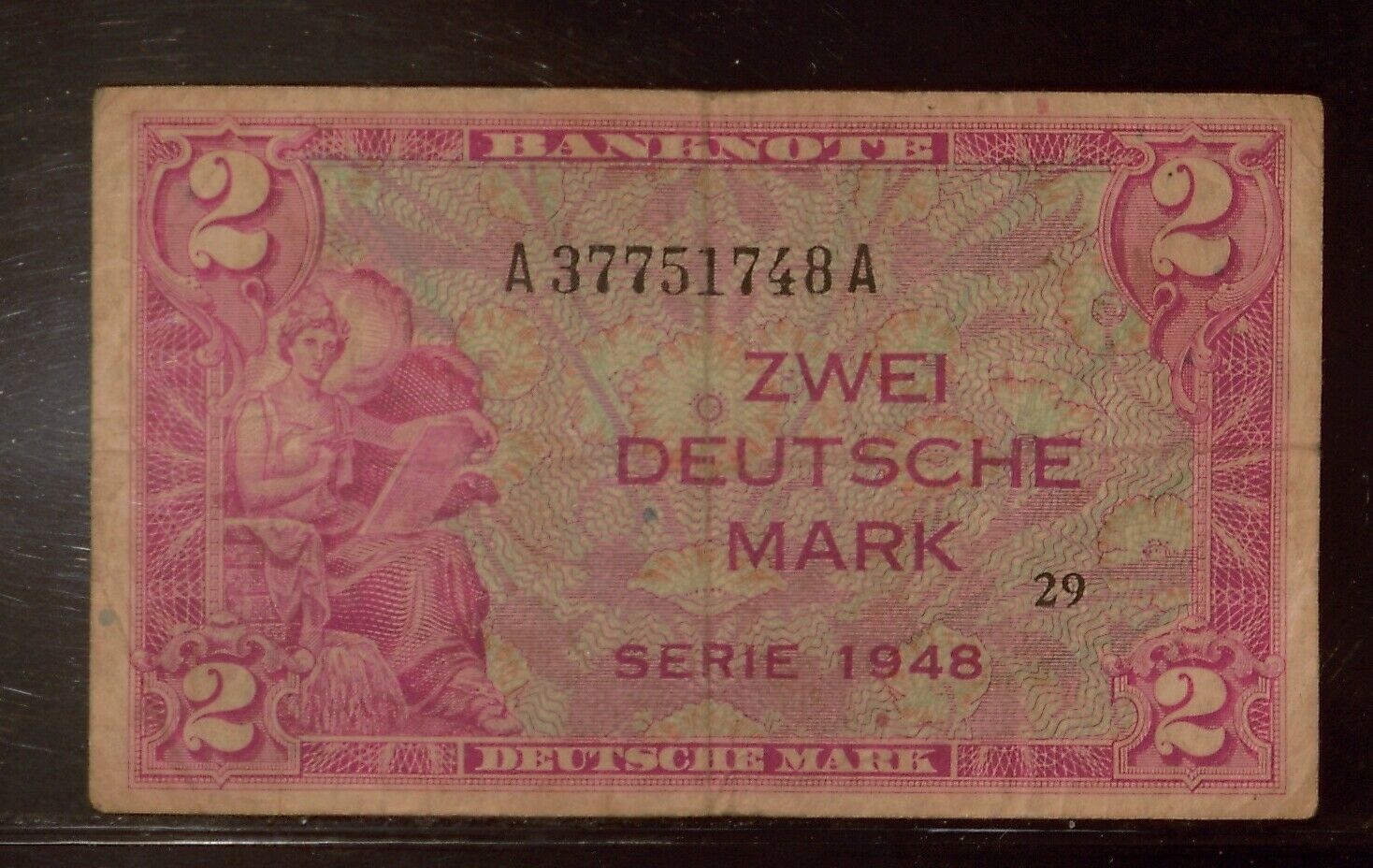-40%
Norway banknote - 1 en krone - year 1917 - free shipping
$ 13.2
- Description
- Size Guide
Description
The krone (sign: kr; code: NOK), plural kroner, is the currency of Norway and its dependent territories. It is subdivided into 100 øre, which exist only electronically since 2012. The name translates into English as crown.The krone was the thirteenth most traded currency in the world by value in April 2010, down three positions from 2007.
The krone was introduced in 1875, replacing the Norwegian speciedaler/spesidaler at a rate of 4 kroner = 1 speciedaler. In doing so, Norway joined the Scandinavian Monetary Union, which had been established in 1873. The Union persisted until 1914.[citation needed] After its dissolution, Denmark, Norway, and Sweden all decided to keep the names of their respective and since then separate currencies.
Within the Scandinavian Monetary Union, the krone was on a gold standard of 2,480 kroner = 1 kilogram of pure gold (1 krone = 403.226 milligrams gold). This gold standard was restored between 1916 and 1920 and again in 1928.[citation needed] It was suspended permanently in 1931,[citation needed] when a peg to the British pound of 19.9 kroner = 1 pound was established.[citation needed] (The previous rate had been 18.16 kroner = 1 pound).[citation needed] In 1939, Norway pegged the krone temporarily to the U.S. dollar at a rate of 4.4 kroner = 1 dollar.[citation needed] Nonetheless, Norway would continue to hold the Kingdom's gold reserves.
During the German occupation (1940–1945) in the Second World War, the krone was initially pegged to the Reichsmark at a rate of 1 krone = 0.6 Reichsmark, later reduced to 0.57.[citation needed] After the war, a rate of 20 kroner = 1 pound (4.963 kroner = 1 U.S. dollar) was established.[citation needed] The rate to the pound was maintained in 1949, when the pound devalued relative to the U.S. dollar, leading to a rate of 7.142 kroner = 1 U.S. dollar.[citation needed] In December 1992, the Central Bank of Norway abandoned the fixed exchange rate in favor of a floating exchange rate (managed float) due to the heavy speculation against the Norwegian currency in the early 1990s, which lost[clarification needed] the central bank around two billion kroner in defensive purchases of the NOK through usage of foreign currency reserves for a relatively short period of time.
In 1877, Norges Bank introduced notes for 5, 10, 50, 100, 500 and 1000 kroner. In 1917, 1-krone notes were issued, and 2-kroner notes were issued between 1918 and 1922. Because of metal shortages, 1- and 2-kroner notes were again issued between 1940 and 1950. In 1963, 5-kroner notes were replaced by coins, with the same happening to the 10-kroner notes in 1984. 200-kroner notes were introduced in 1994.
All Norwegian notes issued since 1877 are listed below in reverse chronological order. The notes have been issued in series starting with series I in 1877 and going on series VII from 1994. As of 2012 only series VII is in circulation, while series VI is convertible at the central bank until November 1, 2012.
The world wars created great need for cash. In 1917 a law was passed to allow for 1 krone and 2 kroner "coin notes" in response to a pledge from the Bank of Norway to the Ministry of Finance:
The board of directors at the Bank of Norway has in writing on the 8th September 1917 informed the Ministry that the shortage of change has now become outright intolerable. One company after another complain that they cannot arrange the agreed salaries for their workers, and the merchants cannot change their customers' banknotes.
Subsequently, coin notes were printed until 1925 but were invalidated already in 1926 when the economy had stabilised after World War I. Coin notes of 1 krone and 2 kroner were also printed during World War II (1940−45) and up until 1950. These were not invalidated after the war. However, the complete series II printed 1901−45 was rendered invalid on 9 September 1945 and those who could not readily justify their amount of cash were only given limited compensation in new money. This was done to diminish the impact of war profiteering.
5 kroner and 10 kroner notes were used from 1877 but were replaced by coins in 1963 and 1983, respectively, based on cost-benefit analyses. Apart from the World War I coin notes in 1926 and the series II notes in 1945, all Norwegian banknotes from series I through series V, including 5 kroner and 10 kroner notes, plus the World War II coin notes, were technically valid – i.e. convertible at the Bank of Norway – all the way until 1998 (series I) and 1999 (series III, IV, V, and the World War II coin notes). The 1000 kroner and 500 kroner notes of series V were valid until 2001 and 2002 respectively.
In 1917, the following appeared in Proposition No. 70 to the Odelsting: "In a letter of 8 September 1917, the Board of Norges Bank has notified the Ministry that the shortage of coins has now become absolutely intolerable. One business after another complains of their inability to pay their workers promised wages, nor are merchants able to give change for customers' banknotes".
This resulted in legislation permitting the issuance of 2-krone and 1-krone notes.
The Norwegian krone is used in Norway including Svalbard. It is also informally accepted in many shops in Sweden and Finland that are close to the Norwegian border, and also in some shops in the Danish ferry ports of Hirtshals and Frederikshavn. Norwegians spent 14.1 billion NOK on border shopping in 2015 compared to 10.5 billion NOK spent in 2010. Border shopping is a fairly common practice amongst Norwegians, though it is seldom done on impulse. Money is spent mainly on food articles, alcohol and tobacco, in that order, usually in bulk or large quantities. This is due to considerably higher taxes and fees on tobacco and alcohol purchased domestically in Norway.










